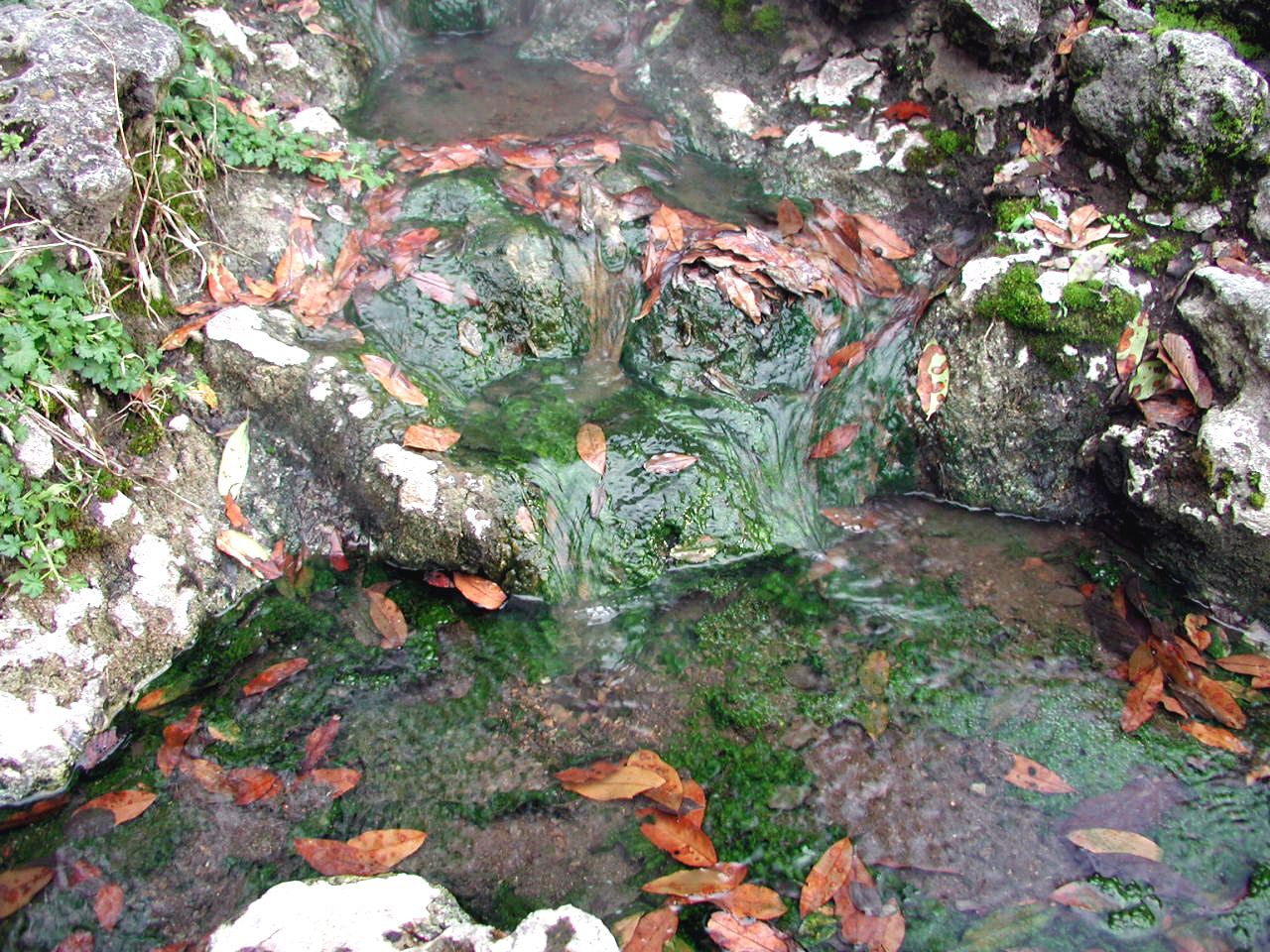Resource Library
Plant of the Week: Origins Of Photosynthesis
Oh Spring, once more you paint the world green with your promise of growth and renewal. Green is such a common part of our world; we often forget its importance to our very existence. Were it not for photosynthesis, life as we know it would not be possible. From where did all this green lushness arise?
Understanding the origin of life is an interesting philosophical exercise, but ultimately, one that will forever remain a mystery. The oldest fossils on earth are stromatolites, mounds and columns made up by layer after layer of lime-secreting cyanobacteria that grew in Earth’s early oceans 3.5 billion years ago. Stromatolite columns still grow today, but mostly in saline situations where grazing sea creatures are kept at bay by the high salt concentration.
Cyanobacteria – also known as blue-green algae, a poor name for the group – are single celled organisms having the ability to photosensitize by converting carbon dioxide into stored food reserves, using sunlight as an energy source. Though they belong to the most primitive form of cellular life (the prokaryotes, organisms in which their DNA is not confined within a nuclear membrane but floats freely in the cellular cytoplasm), they are actually quite complex compared to the truly primitive forms which must have come before.
By scientific consensus, the age of the Earth is estimated to be about 4.54 billion years old. With fossil stromatolites 3.5 billion years old and already capable of photosynthesis, the appearance of first life must have been sometime in that billion years between the time the earth cooled and the first fossil life appeared. Probably then, as now, most of the cyanobacteria existed as free-swimming organisms in the open ocean and never left behind actual fossils.
The atmosphere of ancient earth probably was somewhat like that of Mars today, with a lot of carbon dioxide and little free oxygen. That early life drew on a readily available resource – all that carbon dioxide – and produced oxygen as a byproduct seems hardly surprising. Once photosynthesis got to rolling, carbon dioxide was gradually removed from the atmosphere and oxygen began to build up.
Life forms that evolved to feed on the cyanobacteria during the oxygen-rich period tailored their metabolism to rely on oxygen as a key ingredient of life, and life as we know it today began. These multicellular oxygen consuming organisms began appearing about two billion years ago. They protected their DNA within a nuclear membrane, and are called the eukaryotes. To safely metabolize the oxygen, these early multicellular organisms employed the services of a single celled bacterium that eventually evolved into an organelle called the mitochondria, the engine of all cells. These eukaryotes were the ancient ancestors of all animals.
The first land plants made their appearance in the fossil record about 450 million years ago. These early land plants photosynthesized by means of cellular organelles called chloroplasts. Today it is believed that an early eukaryotic alga, perhaps a kelp-like seaweed that already had functional mitochondria, partnered with a cyanobacteria to form a symbiotic relationship where the cyanobacterial partner performed photosynthesis while the eukaryotic partner provided nutrition and protection. Over the next 100 million years plants evolved and occupied the continents. The carboniferous period – a timespan between 360 to 286 million years ago – was an age of photosynthetic exuberance when many coal and hydrocarbon deposits were laid down in the fossil record.
Soon after the end of the carboniferous period, gymnosperms such as ginkgo, pines, araucarias, and other cone bearing plants appeared in the fossil report. After about 100 million years where the gymnosperms were left to their own devices, modern angiosperms (flowering plants) made their first appearance and have been crowding their predecessors out ever since.
For more information about horticulture or to see other Plant of the Week columns, visit Extension’s Website, www.uaex.uada.edu, or contact your county extension agent. The Cooperative Extension Service is part of the U of A Division of Agriculture.
